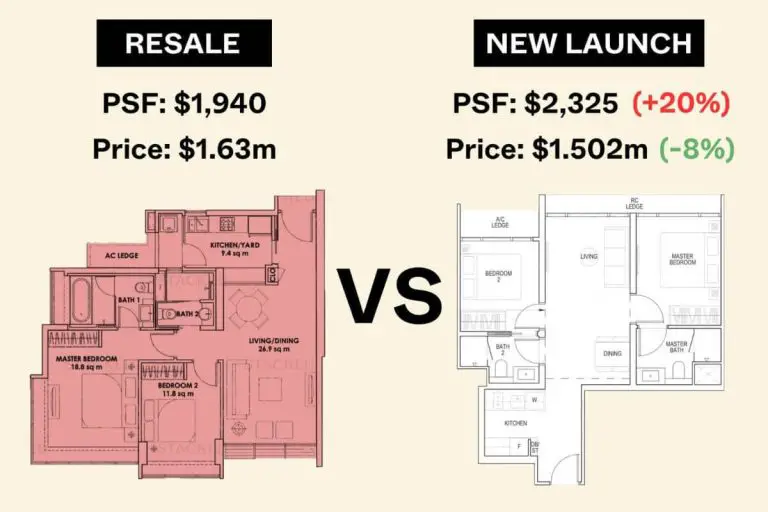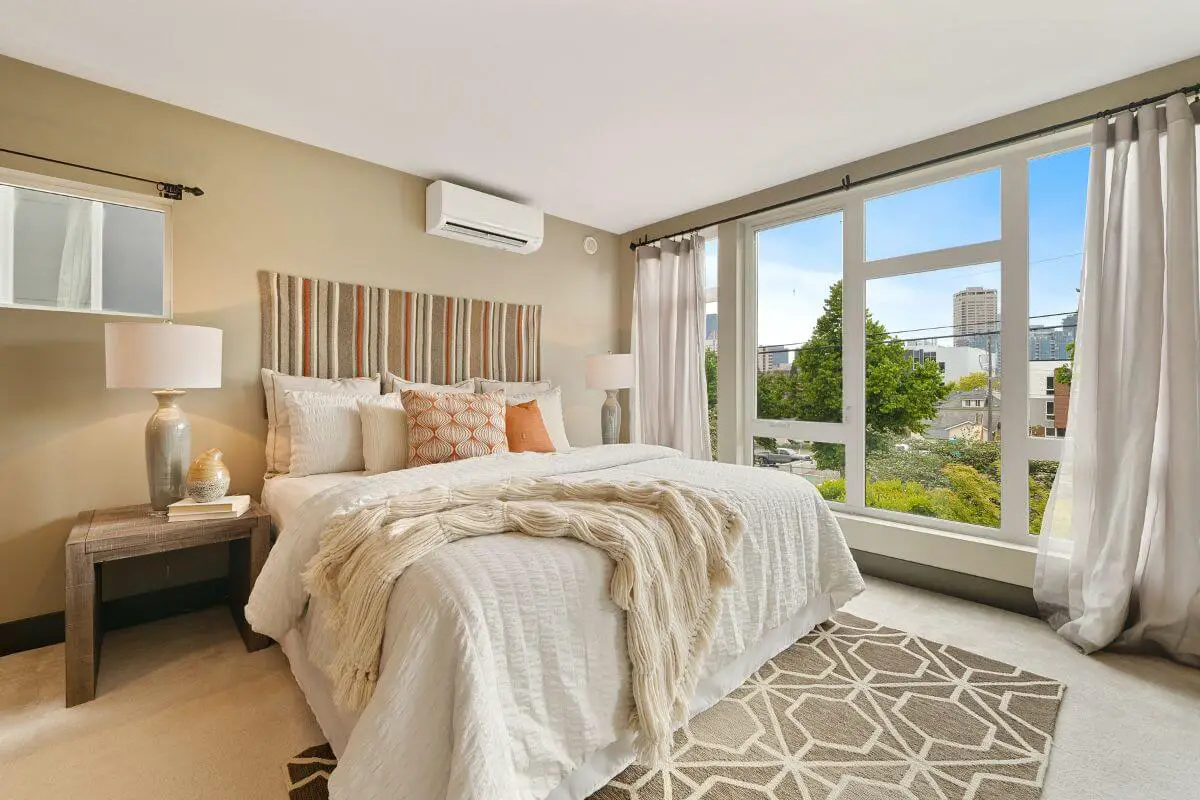Financial Considerations

When deciding between a 3-bedroom and 4-bedroom home, financial considerations play a crucial role. It’s essential to weigh the costs associated with each option to make an informed decision that aligns with your budget and financial goals.
Average Purchase Price
The purchase price of a home is the most significant financial factor. Generally, 4-bedroom homes command a higher price than 3-bedroom homes due to their larger size and potential for accommodating a larger family. The average purchase price varies significantly depending on the location, neighborhood, and specific features of the property.
Here’s a comparison of average purchase prices in different locations:
- Urban Areas: In major cities like New York City, Los Angeles, and San Francisco, 4-bedroom homes can be significantly more expensive than 3-bedroom homes. For example, a 4-bedroom home in Manhattan might cost upwards of $4 million, while a 3-bedroom home could be found for around $2 million.
- Suburban Areas: In suburbs, the price difference between 3-bedroom and 4-bedroom homes is generally smaller. For instance, in a suburb of Chicago, a 4-bedroom home might cost around $500,000, while a 3-bedroom home could be purchased for approximately $400,000.
- Rural Areas: In rural areas, the price difference between 3-bedroom and 4-bedroom homes can be even smaller. For example, in a rural town in Iowa, a 4-bedroom home might cost around $200,000, while a 3-bedroom home could be purchased for approximately $150,000.
Mortgage Payments, Property Taxes, and Insurance Costs
Beyond the initial purchase price, there are ongoing costs associated with owning a home, including mortgage payments, property taxes, and insurance. These costs can vary depending on the size of the home, its location, and the prevailing interest rates.
- Mortgage Payments: Larger homes typically have higher mortgage payments due to the larger loan amount. A 4-bedroom home will generally require a larger mortgage than a 3-bedroom home, leading to higher monthly payments.
- Property Taxes: Property taxes are calculated based on the assessed value of the property. Larger homes often have a higher assessed value, resulting in higher property taxes.
- Insurance Costs: Homeowners insurance premiums are influenced by factors such as the size of the home, its location, and the level of coverage. Larger homes may have higher insurance premiums due to their greater value and potential for higher losses.
Rental Income and Return on Investment
For homeowners who plan to rent out their property, the potential for rental income is an important consideration. 4-bedroom homes often command higher rental rates than 3-bedroom homes due to their greater space and potential for accommodating a larger family.
Return on Investment (ROI) = (Annual Rental Income – Annual Expenses) / Total Investment
- Higher Rental Income: A 4-bedroom home can generate higher rental income, potentially leading to a better return on investment. However, it’s crucial to consider the higher costs associated with owning and maintaining a larger property.
- Potential for Higher Expenses: While a 4-bedroom home may generate more rental income, it also comes with higher expenses, such as mortgage payments, property taxes, and maintenance costs.
Resale Value and Appreciation Potential
The resale value and appreciation potential of a home are crucial factors to consider when making a long-term investment. While both 3-bedroom and 4-bedroom homes can appreciate in value over time, the rate of appreciation can vary depending on factors such as location, market conditions, and the overall desirability of the property.
- Market Demand: The demand for 4-bedroom homes may be higher in areas with large families, potentially leading to higher resale values. However, the demand for 3-bedroom homes may be greater in areas with smaller families or singles.
- Appreciation Potential: Both 3-bedroom and 4-bedroom homes can appreciate in value over time, but the rate of appreciation can vary depending on factors such as location, market conditions, and the overall desirability of the property.
Lifestyle Considerations

The size of your home can significantly impact your lifestyle, influencing everything from how you entertain guests to how you manage your daily routines. Choosing between a 3-bedroom and a 4-bedroom home involves considering your current and future needs, as well as your preferred way of living.
Lifestyle Choices Based on Home Size
The size of your home can have a direct impact on your lifestyle choices. Here are some examples:
- Hosting Guests: A larger home provides more space for entertaining guests, offering separate areas for socializing, dining, and overnight accommodations. For families who frequently host gatherings, a 4-bedroom home can be more accommodating, offering comfortable spaces for guests to relax and unwind.
- Home Office: A dedicated home office space is increasingly important for individuals working remotely or needing a quiet place to focus. A 4-bedroom home often provides the flexibility to convert a spare room into a home office, allowing for a dedicated work area separate from living spaces.
- Pursuing Hobbies: Whether you enjoy crafting, playing music, or engaging in other hobbies, having a larger home can provide space for dedicated hobby areas. A 4-bedroom home may offer the possibility of a dedicated craft room, music studio, or workshop, allowing you to pursue your passions without sacrificing living space.
Market Trends and Demographics: 3 Bedroom Vs 4 Bedroom Value

Understanding the current market demand and target demographics for 3-bedroom and 4-bedroom homes is crucial in assessing their value. These factors are constantly evolving, driven by various societal trends and economic conditions.
Current Market Demand, 3 bedroom vs 4 bedroom value
The demand for 3-bedroom and 4-bedroom homes varies significantly across different geographic areas. For instance, in urban centers experiencing rapid population growth, demand for smaller units, such as 1-bedroom or 2-bedroom apartments, might be higher due to limited space and affordability concerns. Conversely, in suburban areas or growing communities, larger homes are often preferred, reflecting a desire for more space and privacy.
The demand for specific home sizes is also influenced by economic factors such as interest rates, housing affordability, and employment opportunities. When interest rates are low, buyers may be more willing to purchase larger homes, while rising interest rates can make larger mortgages less affordable, potentially shifting demand towards smaller units.
Target Demographics
The target demographics for 3-bedroom and 4-bedroom homes differ considerably, reflecting their specific needs and preferences.
3-Bedroom Homes
- Young Families: Starting families often prioritize affordability and functionality. 3-bedroom homes provide ample space for a growing family, offering a balance between space and budget.
- Empty Nesters: As children move out, empty nesters may choose to downsize to a 3-bedroom home, offering comfortable living without unnecessary space.
- First-Time Homebuyers: For first-time buyers, 3-bedroom homes can provide a good starting point, offering space for future growth and potential resale value.
4-Bedroom Homes
- Larger Families: Families with multiple children or extended family members often prefer the extra space and privacy offered by a 4-bedroom home.
- Home Offices: The increasing prevalence of remote work has led to a growing demand for dedicated home office spaces, making 4-bedroom homes attractive for those seeking a separate work area.
- Luxury Living: In affluent neighborhoods, 4-bedroom homes often represent luxury living, featuring spacious rooms, high-end finishes, and desirable amenities.
Changing Demographics and Societal Trends
The evolving demographics and societal trends are significantly impacting the value of different home sizes.
- Aging Population: The increasing number of aging individuals and retirees often seek single-level homes or retirement communities, potentially decreasing demand for larger homes in some areas.
- Urbanization: The shift towards urban living, driven by job opportunities and lifestyle preferences, can lead to increased demand for smaller, more compact homes in urban centers, potentially impacting the value of larger homes in these areas.
- Sustainability: Growing environmental concerns and the rising cost of energy are encouraging people to consider smaller homes with more efficient designs, potentially influencing the value of larger homes.
3 bedroom vs 4 bedroom value – The decision between a 3-bedroom and 4-bedroom apartment often hinges on your family size and lifestyle. If you’re looking for spacious living in Albany, GA, you might want to explore the options for 3 bedroom apartments albany ga.
While a 4-bedroom apartment may offer more space for growing families, a 3-bedroom might be a more affordable and manageable option for smaller households or those who value a less cluttered living environment.
While a fourth bedroom can undoubtedly increase a home’s value, don’t overlook the impact of subtle design choices. The placement of doors, for instance, can significantly affect a room’s energy flow. Consider the implications of a bedroom door facing bathroom door , which can create a sense of imbalance and disrupt the tranquility of a space.
Ultimately, the value of a 3-bedroom versus a 4-bedroom home hinges on a nuanced understanding of these subtle yet powerful details.